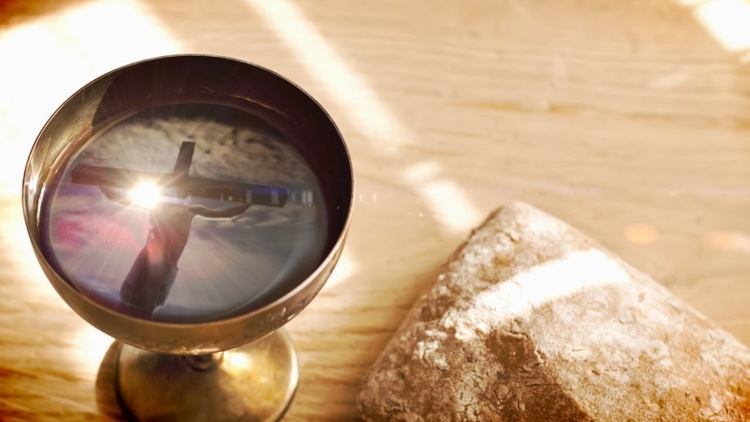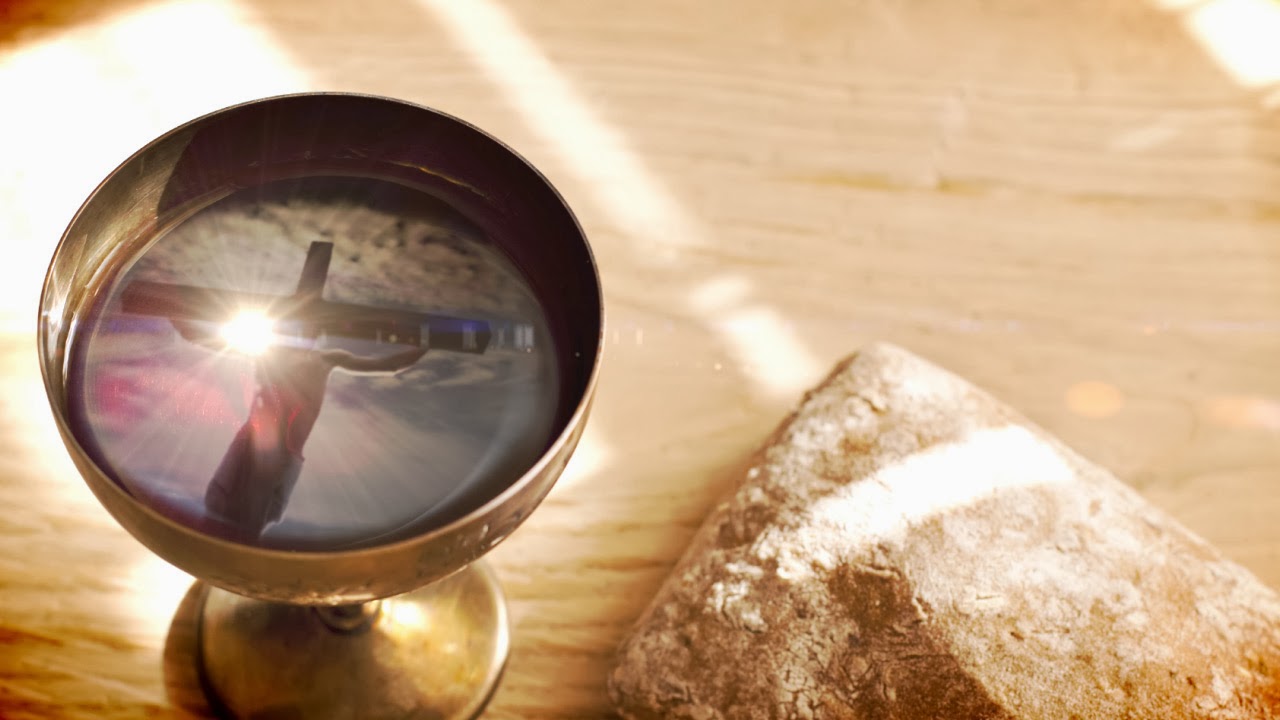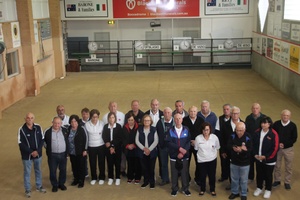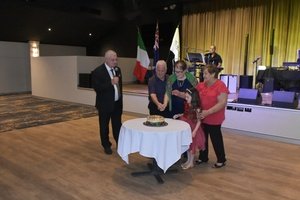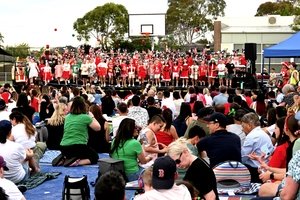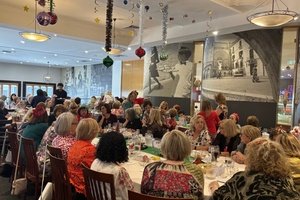But how do Easter celebrations differ among the various communities which observe this holiday?
Jewish Easter
Pesach, known in English as Passover, is an important Jewish holiday that began in ancient Israel and is still celebrated today.
This festivity commemorates the exodus of the Jewish people and the end of slavery in Egypt.
Pesach lasts for eight days (seven in Israel), and is usually spent with family.
It is a time of reflection and during the first night of Pesach, the oldest family member is encouraged by the youngest to recount the conflict between the Jewish people and the pharaoh of Egypt.
The story starts from the so-called “Ten Plagues”, through to the flight of the entire Jewish population to when they finally free themselves from slavery.
According to Jewish customs, at the beginning of Passover, a commitment is made to remove any food containing yeast from one’s diet for the duration of the holiday.
In the first two nights of Pesach, Jewish people have the Seder, a special dinner that follows a precise ritual which combines food, the reading of the Haggadah (an ancient text) and prayer.
Like all other Jewish celebrations, the start of the holiday coincides with the sunset of the previous day.
Today, much like everywhere, the symbols and their meanings have begun to disappear over time.
Nevertheless, traditional meals are still prepared during the Easter celebrations.
A traditional Easter menu includes boiled eggs in salted water, chicken broth with peas or unleavened bread, red mullet, and turkey, artichoke and spinach meatballs.
Sweets include macaroons and other flourless desserts.
Traditional dishes for the second Pesach dinner include dayenu (broth), boiled chicken and goose, veal tongue with olives, peas and artichokes, spinach flans, unleavened omelettes and almond cake.
The Seder plate, which plays a primary role in the Jewish Easter celebration, is made up of six symbolic foods and three pieces of matzah (bread) that are served on a separate plate.

The six symbolic foods are:
Bitter herbs: According to tradition, it is the horseradish root, but people can also use parsley, spring onions or celery.
Charoset: This mix symbolises the mortar used by the slaves to build the pyramids in Egypt and is generally made of apples, nuts and wine.
Vegetables: A tuber like the boiled potato is fine, which represents the hard work of the slaves.
Lamb: A portion of lamb or roasted goat symbolises the sacrificial lamb of the Jewish Easter celebration.
Egg: A hard-boiled egg represents the rebirth and mourning caused by the destruction of the Temple.
Lettuce: Usually one uses cos or romaine lettuce, which like the bitter herbs, symbolises the brutality of slavery.
A bowl of salted water will also be necessary.
Christian Easter
Christian Easter initially followed the same path as the Jewish Easter, but was transformed along the way.
The etymology was interpreted as similar to pathein (suffering) in order to bring the celebration closer to the passion of Christ.
And so the most important celebration of this religion was born.
Christ is the central figure, the Lamb of God that bears man’s guilt and conquers death.
The importance of Easter is alive in the most common expressions used by Italians: for example: Felice come una Pasqua, literally as “Happy as Easter”, the English equivalent of “Happy as Larry”.
Easter celebrations change every year and how the date of Easter is determined year after year remains a mystery for most.
The way the Church decides on what day Easter falls is based on calculations established at the 1st Council of Nicaea (325 CE).
These were designed to create a relationship between the death and resurrection of Jesus Christ and the Jewish Easter, which commemorates the passage of Jews across the Red Sea, under the guidance of Moses.
The Council of Nicaea wanted to encourage unity among all the churches, at least in regards to the observance of Easter.
Following the established rules, the holiday must fall on the Sunday following the first full moon in spring (obviously in the northern hemisphere).
The astronomical date, as recommended at Nicaea, must be calculated using scientific means as accurately as possible, using the meridian of Jerusalem as the basis for counting, which is the place of death and resurrection of Christ.
Orthodox Easter
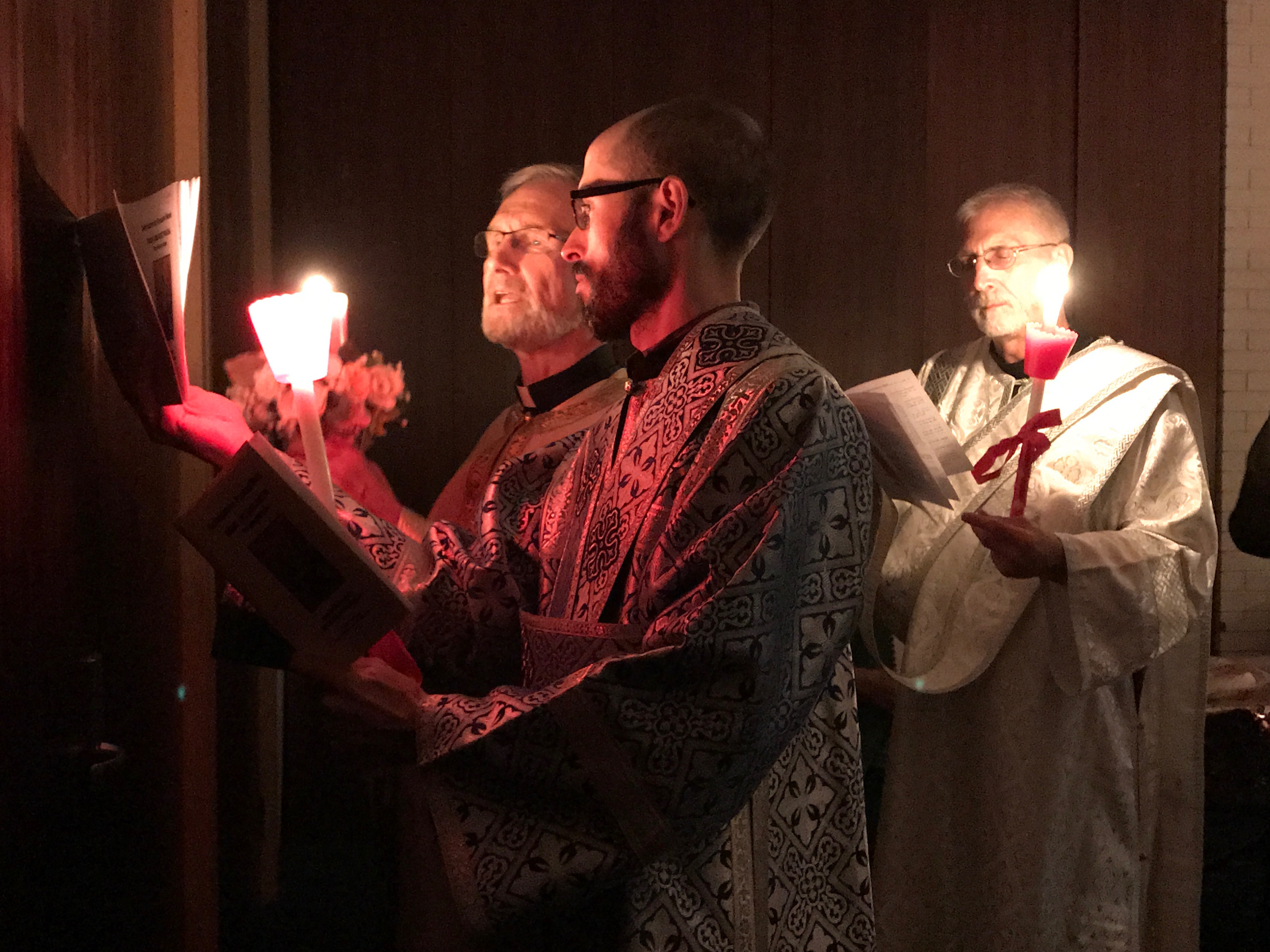
According to Christianity, every Sunday is Easter.
This understanding is especially felt within the Orthodox Church.
The death and resurrection of the Lord is not simply a dogma: it is also a part of the spiritual life of the faithful and is also continually reinforced by Church liturgy.
Still today, Easter, the holiest of holy days, has a special solemnity.
One week before Easter, like all Christians, the Orthodox celebrate Jesus’ entry into Jerusalem, namely Palm Sunday.
In Russia, the Lord’s entrance into Jerusalem is not called Palm Sunday, but Pussy Willow Sunday, because palm trees do not grow in Russia’s cold weather, whereas, according to popular belief, the buds of pussy willow only sprout in this period each year.
The Orthodox have the custom of preserving the branches of the blessed willows throughout the year and using them to create icons and to protect the homes of the sick.
During the period of the Great and Holy Week preceding the Sunday of resurrection, the Orthodox Church holds long liturgies every day to commemorate the passion and death of the Lord with poetry and pathos.
The signs and symbols present are powerful and full of meaning.
Flowers, leaves, water, processions, incensations, chants and prostrations are just some of the elements that are part of the liturgy that anyone can observe by visiting an Orthodox church during the Great and Holy Week.
Even on a social level in an Orthodox country, Easter creates a particular celebratory atmosphere comparable to that felt in Italy during the Christmas period.
For those who are Orthodox, Easter falls on the Sunday that follows the first new moon of the spring equinox (not the full moon), which for them also falls on March 21.
Orthodox churches use the Julian calendar, which is older compared to the Gregorian calendar.
A “real” Christian Orthodox’s table serves dishes that break the fast: blessed eggs, paskha and kulich.
On Holy Saturday, we can see streams of people with containers of various shapes and materials seeking the blessing of the food that will be eaten after the Easter ceremony.
The dishes destined for consumption on Easter Day are prepared on Holy Thursday, because Good Friday and Holy Saturday are days of fasting and prayer, and are therefore not suitable.
A very special product at this time is “Blessed Salt”.
In ancient times, it was known as “the cure for all ills”.
There are many recipes for its preparation: this product is peculiar insofar as it was only made once a year, on Holy Thursday, and is most likely linked to the memory of the Last Supper and the betrayal of Judas.
Also known as “black salt”, this is a mixture of salt, barley malt and rye flour bran, or simply of rye and coarse salt.
The final result is baked in the Russian stove and roasted.
The “monolithic” block is then placed in a container and broken with a special stick to turn it into a greyish powder.
Another important product is the kulich, a sort of small cake, made with egg, butter, milk, flour and brewer’s yeast, enriched with candied fruit and sultanas that have been soaked in alcohol.
Once cooked, it is stuffed with a glaze made out of egg whites and icing sugar, and the initials “XB” are added to mean “Christ has risen”.
The paskha, which can be spread on a slice of kulich, is made of butter, eggs, sugar, sour cream and sultanas mixed in with cottage cheese and set in special pyramid moulds, whose sides are engraved with the initials “XB”, a cross and the spear which pierced Christ’s ribcage.
Paskhas can be eaten fresh, boiled or baked in the oven.
The Orthodox Church celebrates All Saints’ Day on the first Friday after Easter.
On such an occasion, some still colour eggs red and put them over graves, as a wish for a happy afterlife for their loved ones buried there.
It is linked to the legend surrounding Mary: apparently, she would entertain the Christ Child with coloured eggs.
On Easter Sunday, when Mary went to the Sepulchre, she found Jesus’ tomb open and at the entrance she glimpsed some red eggs.
During Easter lunch, family and friends get together around a large table laden with dishes of fish and cold meats.
The basket full of coloured eggs is placed in the middle of the table.
Lunch starts with the traditional “Easter egg fight” during which each everyone choose an egg and taps the ends of each other’s eggs.
The player who successfully cracks both ends of their opponent's egg is declared the winner
It is a time of celebration, for both believers and non-believers, there are many toasts and you are sure to enjoy a delicious lunch!

